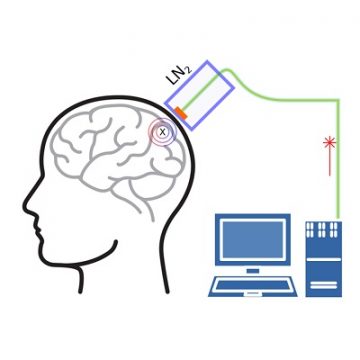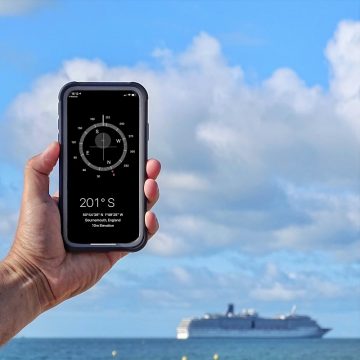Workshop on Materials and Devices for Biomagnetism and Magnetometry
The aim of the workshop is to bring together researchers working in the field of magnetic devices and related materials to stimulate new ideas and directions in emerging applications in biomagnetism. This event is organized in the framework of the OXiNEMS project.
Attendance to this event is free-of-charge upon registration
When? Tuesday April 16th, 2024
Where? Online (platform and link will be communicated to registered participants)
Updates will be notified on X (Twitter) @OXiNEMS_Project
Program (The times indicated refer to the UTC+2 zone, Central European Summer Time)
12:30 Openings - Luca Pellegrino (CNR-SPIN, Italy)
12:45 New trends in MEG instrumentation: why we need new generations of magnetometers? - Stefania Della Penna (G. D’Annunzio University of Chieti and Pescara, Italy)
13:30 Colour centres for magnetometry in bio- and life-sciences - Ilia Breev (Technical University of Denmark (DTU), Denmark)
14:00 Frequency modulated MEMS magnetometer using integrated permanent magnets and magnetic flux concentrators - Federico Maspero (Politecnico di Milano, Italy)
14:30 - 15:00 COFFEE BREAK
15:00 Recent advances in modeling ∆E-effect magnetic field sensors - Benjamin Spetzler (Technische Universität Ilmenau, Germany)
15:30 Controlling the Magnetoresistance of EMR Devices in High Mobility Materials - Thierry Désiré Pomar (Technical University of Denmark (DTU), Denmark)
16:00 Evolving Magnetoelectric Field Sensing from Magnetostrictive Composites - Lukas Zimoch (University of Kiel, Germany)
16:30 The OXiNEMS project: results and perspectives - Luca Pellegrino (CNR-SPIN, Italy)
17:00 Discussions and closing remarks







 This project has received funding from the European Union’s Horizon 2020 research and innovation programme under grant agreement N.828784.
This project has received funding from the European Union’s Horizon 2020 research and innovation programme under grant agreement N.828784.